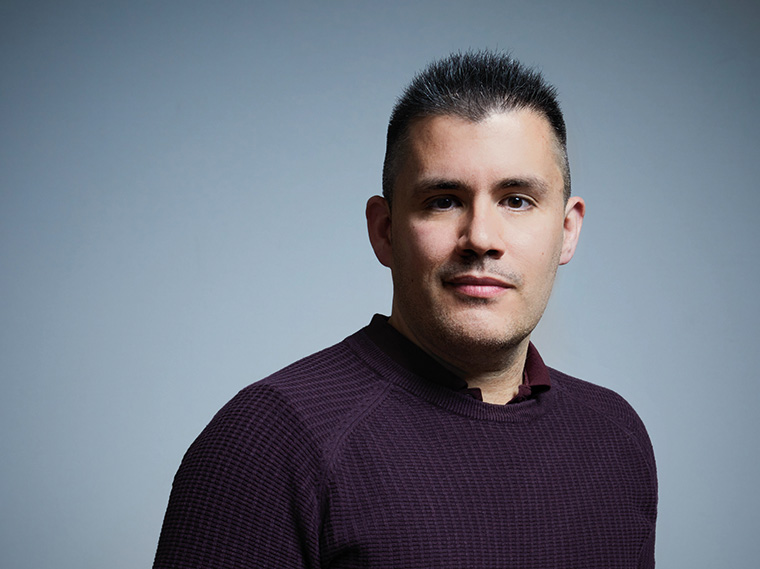
T
+34 946 567 842
F
+34 946 567 842
E
msanz@bcamath.org
Information of interest
- Orcid: 0000-0003-1615-9035
University of the Basque Country (UPV/EHU), Basque Foundation for Science (Ikerbasque), and Basque Center for Applied Mathematics (BCAM)
Mikel Sanz studied Physics at the University of the Basque Country (UPV/EHU) and he obtained his PhD at the Technical University of Munich (TUM) and the Max Planck Institute for Quantum Optics (MPQ). Additionally, he has also studied at the Universities Complutense and Autónoma from Madrid and CSIC. He leads the group Quantum Computation and Architectures at the Department of Physical Chemistry since 2018. In 2020, he was awarded with an Ikerbasque Fellow position and, since 2021, he is also Ramón y Cajal Researcher at UPV/EHU. He has recently joined the Basque Center for Applied Mathematics (BCAM) to foster the research in quantum technologies.
One of his main research lines is quantum computing, particularly focused on the design of quantum algorithms, with special attention to the study of their mathematical properties and their applications to industrial use cases. Additionally, he is pioneer in the development of noiseresilient alternative paradigms of quantum computation, such as digital-analog quantum computation, as well as the co-design of quantum architectures. Other principal research lines are secure quantum communications between satellites and quantum metrology, in particular, the theory of quantum parameter estimation. Finally, he studies the role of algebraic geometry as a natural language to describe quantum entanglement, connecting it with potential applications in quantum technologies.
He has led multiple international projects, including two projects of the European Flagship on Quantum Technologies, and one project from the USA Department of Energy, among others. He has also multiple collaborations with companies to explore the advantages of quantum algorithms in their businesses.
-
Quantum-enhanced Doppler lidar
(2022-12-01)We propose a quantum-enhanced lidar system to estimate a target’s radial velocity, which employs squeezed and frequency-entangled signal and idler beams. We compare its performance against a classical protocol using a ...
-
Bi-Frequency Illumination: A Quantum-Enhanced Protocol
(2022-11-01)Quantum-enhanced, idler-free sensing protocol to measure the response of a target object to the frequency of a probe in a noisy and lossy scenario is proposed. In this protocol, a target with frequency-dependent reflectivity ...
-
Open-Air Microwave Entanglement Distribution for Quantum Teleportation
(2022-10-01)Microwave technology plays a central role in current wireless communications, including mobile communication and local area networks. The microwave range shows relevant advantages with respect to other frequencies in ...
-
Approximating the quantum approximate optimization algorithm with digital-analog interactions
(2022-10-01)The quantum approximate optimization algorithm was proposed as a heuristic method for solving combinatorial optimization problems on near-term quantum computers and may be among the first algorithms to perform useful ...
-
Hybrid quantum-classical heuristic for the bin packing problem
(2022-07-09)Optimization problems is one of the most challenging applications of quantum computers, as well as one of the most relevants. As a consequence, it has attracted huge efforts to obtain a speedup over classical algorithms ...
-
Coplanar Antenna Design for Microwave Entangled Signals Propagating in Open Air
(2022-01-01)Open-air microwave quantum communication and metrology protocols must be able to transfer quantum resources from a cryostat, where they are created, to an environment dominated by thermal noise. Indeed, the states carrying ...



